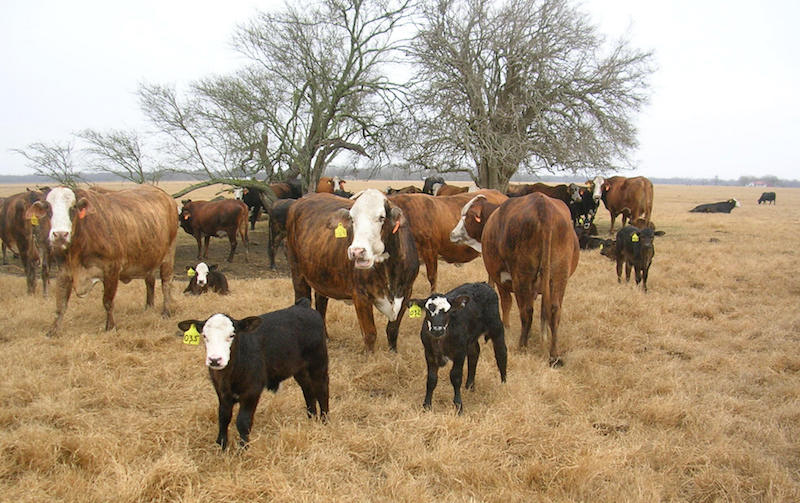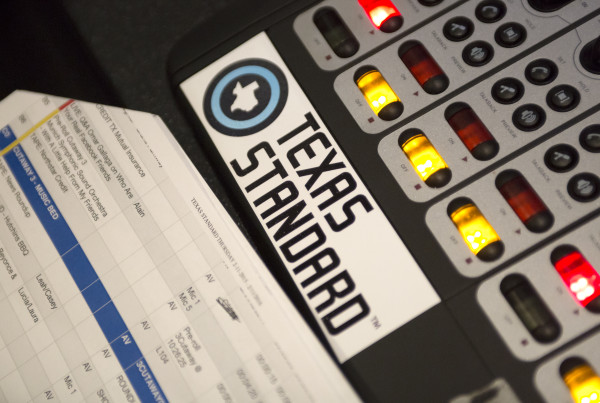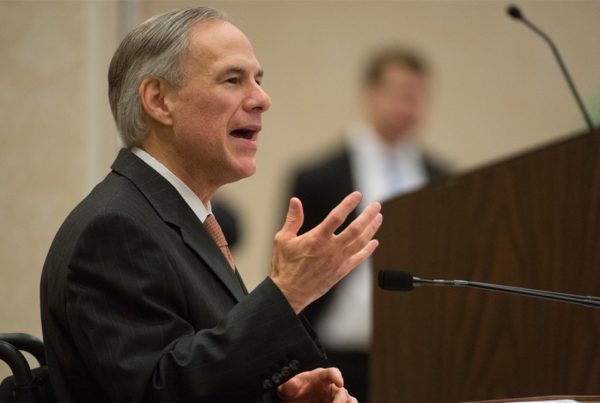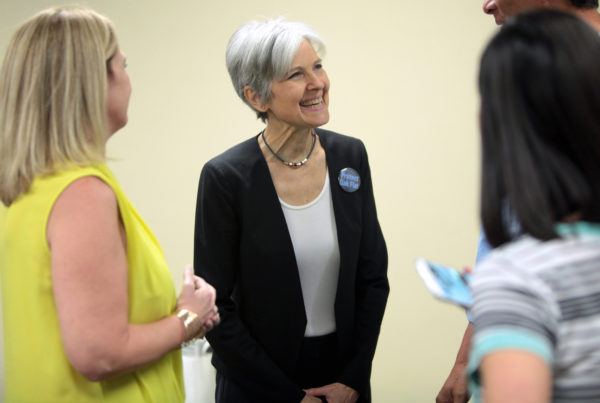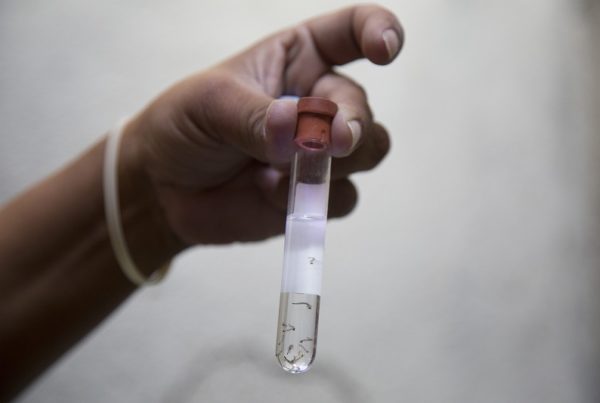Texas’ Rio Grande Valley is home to over 200,000 food-producing animals. But it’s facing a critical veterinarian shortage. That could put animals in the region at risk for disease, which could turn into a problem for humans.
Dr. Tobin Pennington starts his rounds every day at 7 a.m. He jumps into his pickup truck with a medical assistant and tries to see as many patients as possible before the summer heat saps his energy. But Pennington’s roving medical service isn’t for two-legged patients — his are of the hoofed variety.
Pennington is one of just a handful of rural large-animal veterinarians in South Texas. His territory spreads from Corpus Christi into the Rio Grande Valley. Dr. Pennington says he feels the strain.
“I turn down a lot of calls just because I simply can’t get to ‘em,” Pennington says.
The state is aware of the problem. This year, the Texas Animal Health Commission designated the entire Rio Grande Valley as an official veterinary shortage area. Because of that designation, veterinarians who want to work in the region can apply for a federal program that pays up to $75,000 towards their student loans.
But Dr. Micheal Salisbury says it takes a certain kind of person to be dispatched to these rural regions. He’s the agriculture department chair at Angelo State University.
“It’s a very desolate part of the world,” Salisbury says. “A young person just getting out of school, if they don’t have a family, that’s probably not where they want to go to try to develop a family.”
There’s also the question of economics. Dr. Roberto Margo is a cattle rancher and veterinarian in Rio Grande City. He says for large animal vets to make a living, they have to supplement their work with small-animal practices.
“Starr County, Rio Grande City, all this area,” Margo says, “it’s one of the poorest counties in the state and you don’t have the masses of people that you have in other cities.”
Texas Tech University is hoping to fix the problem. Texas Tech wants to build a new veterinary school in Amarillo, which would make it one of two veterinary medical schools in the state — the other being Texas A&M.
Texas Tech University chancellor Robert Duncan says a new school could help address the shortage in rural areas.
“We’ll also look and be able to be selective in our recruiting for students,” Duncan says, “who would have more of a tendency to remain in rural areas like the Valley.”
Duncan also says the school would focus on producing veterinarians skilled in large-animal care. Right now, data from the Texas Higher Education Coordinating Board shows almost 60 percent of Texas veterinarians have small animal practices while only about 3 percent work with livestock.
Duncan says that’s a problem.
“If you have a shortage of veterinarians in the rural areas and you have an outbreak of disease in a herd,” Duncan says, “you’re going to have significant issues of being able to contain that.”
But there’s some disagreement as to whether a Texas Tech vet school would really help. For its part, Texas A&M says it has a plan that would address Texas’ veterinary school needs. Pennington is a Texas A&M alumnus.
“I don’t think that having another vet school at Texas Tech University is going to solve the issue,” Pennington says. “We’ve got to be better from within and I think A&M has taken a great step towards doing that, in that they are actually going out and they’re trying to recruit those rural kids to start applying to vet school.”
Margo, also a Texas A&M alumnus, agrees.
“I don’t think that another vet school would do it,” Margo says. “It’s just a matter of the graduates from A&M, from our main vet school, to have interest.”
The new vet school is pending approval from the Texas Legislature and the Texas Higher Education Coordinating Board. School officials hope to be up and running by fall 2019.
Either way, Pennington will continue his rounds in the Valley.
“It’s just one of the greatest places on earth,” Pennington says, “and you don’t want to live anywhere else. You call it God’s country.”


